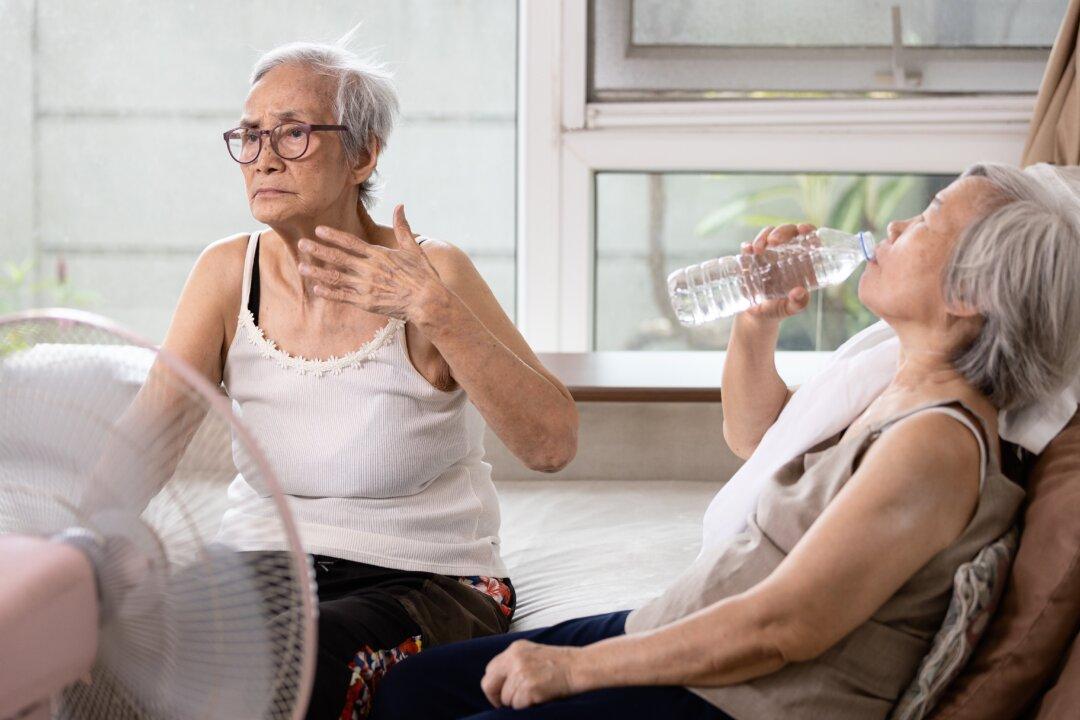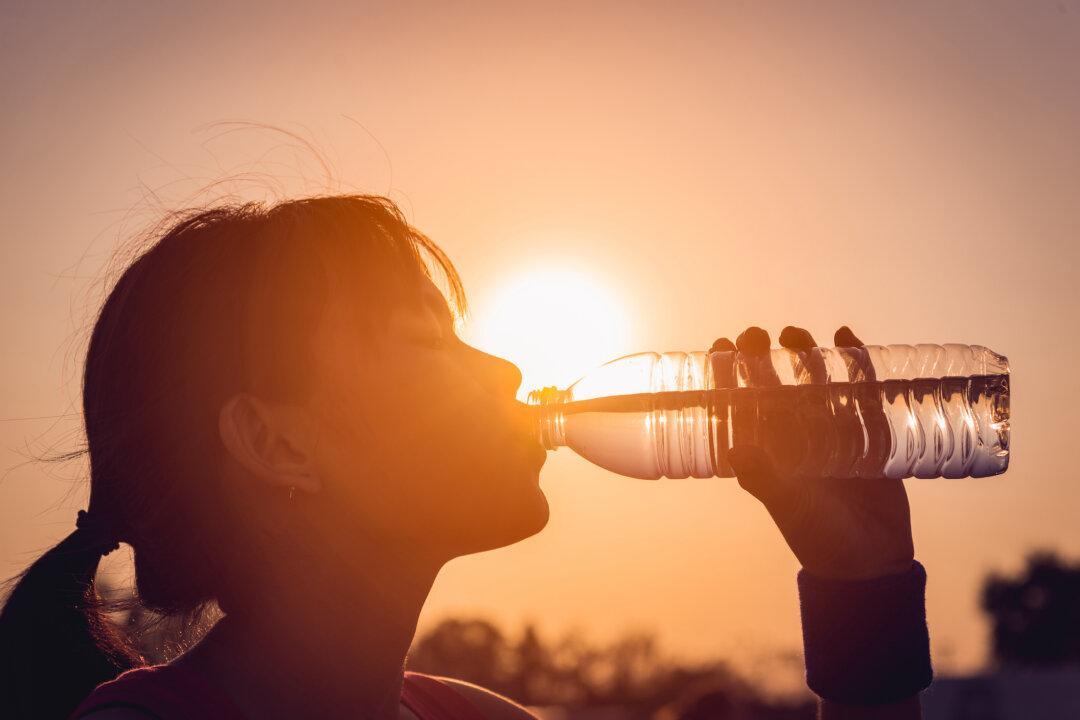As a primary care physician who often treats patients with heat-related illnesses, I know all too well how heatwaves create spikes in hospitalizations and deaths related to “severe nonexertional hyperthermia,” or what most people call “heatstroke.”
Heatstroke is when a person’s core body temperature rises too high—often more than 104 degrees F (40 C)—because high environmental temperatures and humidity prevent the body from cooling itself through sweating and breathing. As heatstroke develops, a patient experiences rapid heart rate, ragged breathing, dizziness, nausea, muscle cramps, and confusion. Eventually the patient may lose consciousness entirely.



